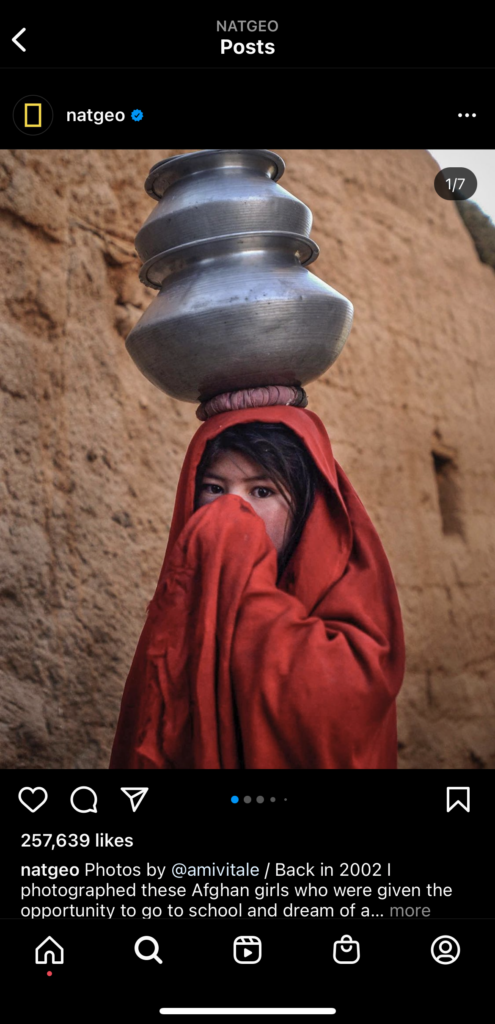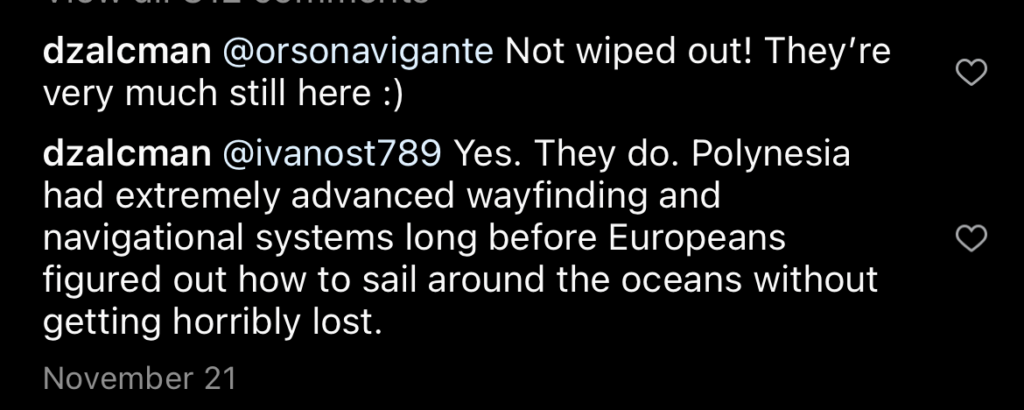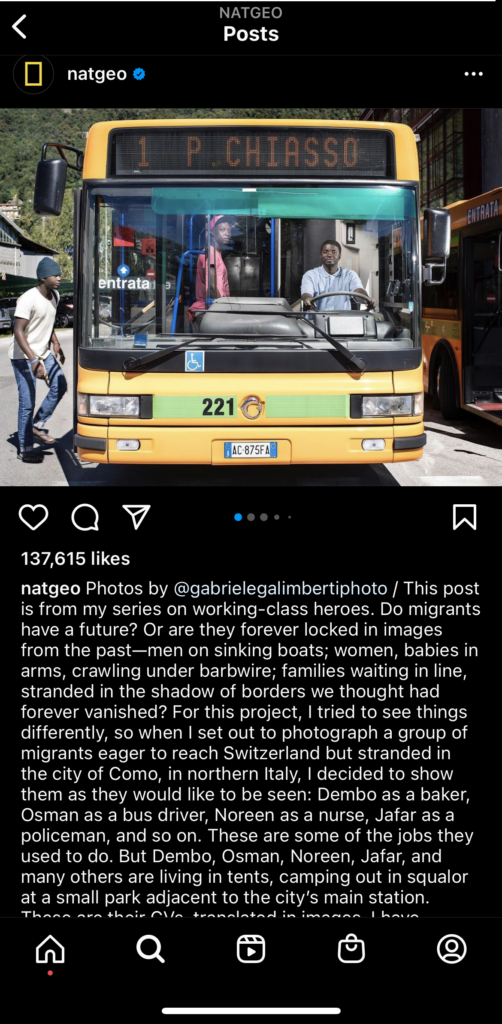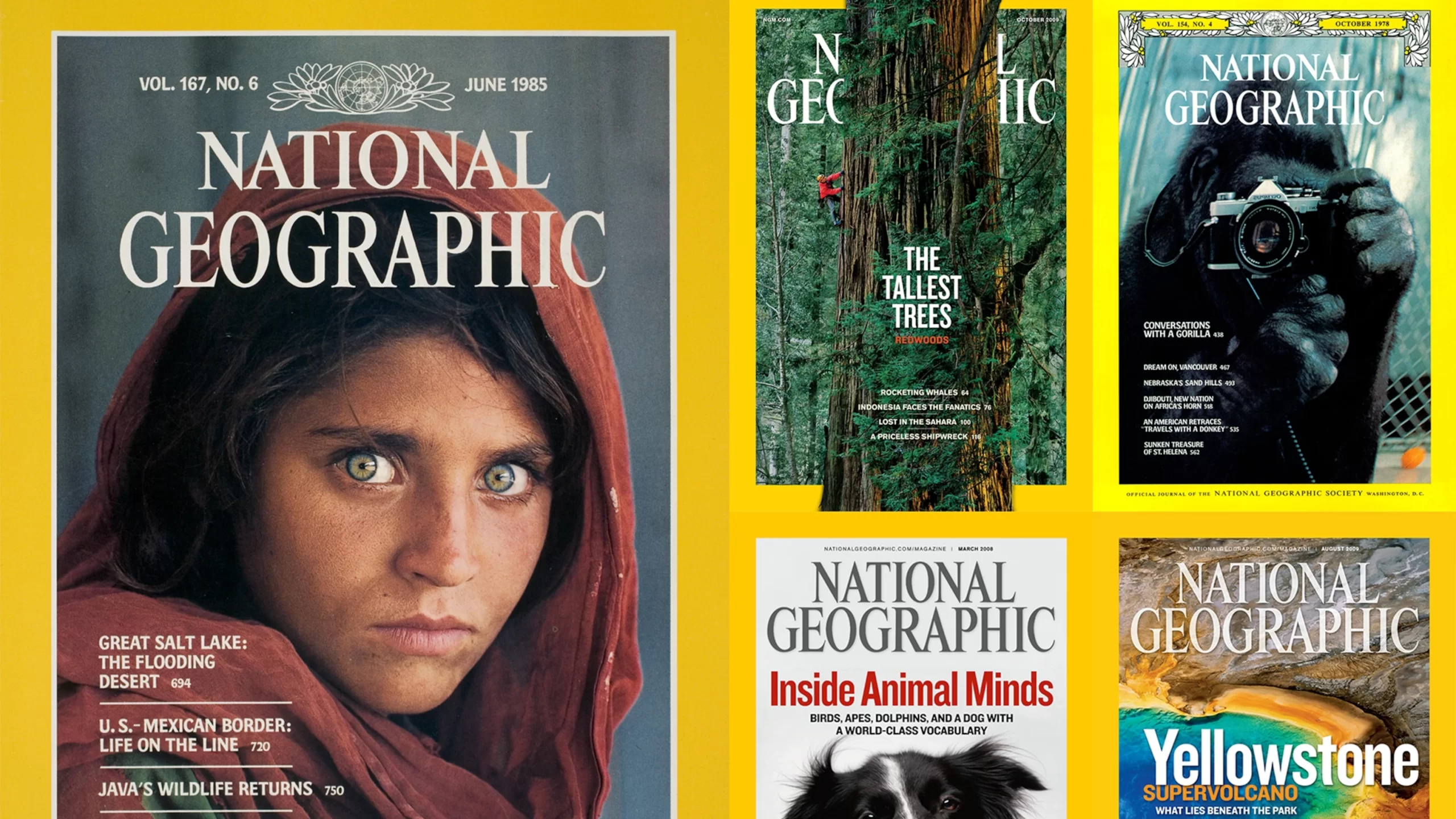Over the past few weeks, I’ve observed and evaluated National Geographic’s Instagram profile. I wanted to understand the role of social media in gaining attention for organizations as well as how platforms like Instagram created those opportunities.
Why is this important, you ask?
As you may remember from my previous post about this project, social media has become a new market for different organizations, movements, and companies to interact with an incredibly wide audience. There are benefits to this, of course, but it’s important to be aware of how we’re being influenced through social media.
So, let’s get into it.
First of all, the profile for National Geographic is pretty straightforward. The bio is incredibly simple: a short tagline followed by a link to the National Geographic website where one can buy photos. It tells you exactly what to expect—posts by photographers and photos should you decide to buy any. Almost immediately, you get whisked away into the realm of marketing.
The profile also has a bunch of different stories like “Ballesta” or “9/11” that follow specific projects by specific researchers and photographers. They consist of videos and photos with limited amounts of text. This way, a person who comes across the National Geographic profile can get quick information and snippets about stories without going into the posts or reading long captions.

How the Platform is Used
On average, the National Geographic account publishes anywhere from three to five posts every day. From these, I chose one to focus on for the day mostly because I could not keep up with all the content.
Alas, I am only human.
What’s interesting about the National Geographic account is that the posts aren’t by a single organization or social media manager, but by different photographers that are associated with National Geographic. It seems that the account itself serves as a sort of megaphone for people to share the projects and stories they are working on.
As a result, the topics of each post vary from environmental conservation to anthropology to travel to technology, to name a few. People who interact with the account, then, are exposed to an onslaught of information. But, because there’s such a range of topics, you’re likely to find something that you’re interested in.
The sheer quantity of posts and the span of topics allows National Geographic to reach an incredibly broad audience.
The individual posts consist of photos and videos followed by a caption. The caption is a lot longer than typically seen in Instagram posts, but it provides background information about the photo or video. You essentially get a mini lesson about the topic in the post.
Another way that National Geographic makes use of Instagram’s platform is through tags. It tags the photographer at the beginning of the post, so that—if you so wish—you can access their profile and their work.
Each post also contains multiple tags, linking you to other related organization and project accounts. You can choose to learn more about the post and the stories or not. The main point is that it’s completely up to you.
The Content
Now, let’s look at some specific posts by National Geographic.
The posts that generated the most attention and interaction were ones about girls in Afghanistan, which focused on individual portraits and provided historical context on their abilities to get an education. The post had an astounding 257,639 likes and 1,656 comments. Considering the other posts numbered somewhere under 100,000 likes and less than 500 comments, this was particularly notable.
Perhaps it was the individualization of the photos or the fact that the topic is a timely human rights issue, but either way, this garnered a lot of attention.

Another post that caught my eye was by Daniela Zalcman that focused on reclaiming Hawaiian culture. The post itself was fascinating, but pretty similar in format to the rest. It was the comments section that caught my eye.
The author responded to comments posed by people who interacted with the content. She corrected people’s assumptions about Hawaiian and Polynesian culture and provided more information. In interacting with the comment section, the author established herself not only as a distant authority on the topic, but as an approachable source of knowledge. Directly interacting with viewers also creates connection between people and the post so that they would likely come back to read more and see other posts.

A post by Gabriele Galimberti on the National Geographic account also piqued my interest. The post included a gallery of photos of various migrants in their jobs followed by their current living conditions in tents in a small dilapidated park.
The author talked about how she specifically showed pictures of these migrants the way they would like to be seen, as hard workers with good jobs. Then, she directly contrasted those images with the image of the reality of their situation, casting light onto the migrant crisis.
By presenting the photos in this manner, she highlights the stark differences between the capability and dreams of migrant workers and the harsh truth of their situation and the ways they are portrayed.
It’s a particularly poignant way to capture the migrant crisis with the National Geographic account on Instagram’s platform.



Conclusion
So, how does National Geographic use the Instagram platform to reach their audience?
- They cycle through different photographers and topics to make sure that there is something for everyone.
- They tag the photographers and related organizations so that people have access to more information, if they want.
- The individual authors interacted with viewers in the comments which established them as credible and approachable.
- The authors used stories about individuals and situations to gain traction for their posts.
Social media is an effective way for organizations to reach wide audiences and garner attention for their brand. By using the tools available on platforms like Instagram along with traditional rhetorical methods, they can increase the engagement and interaction with their organization.
We are entering a new age of marketing and by analyzing the ways in which organizations use social media, we can be more aware of the digital world around us.

